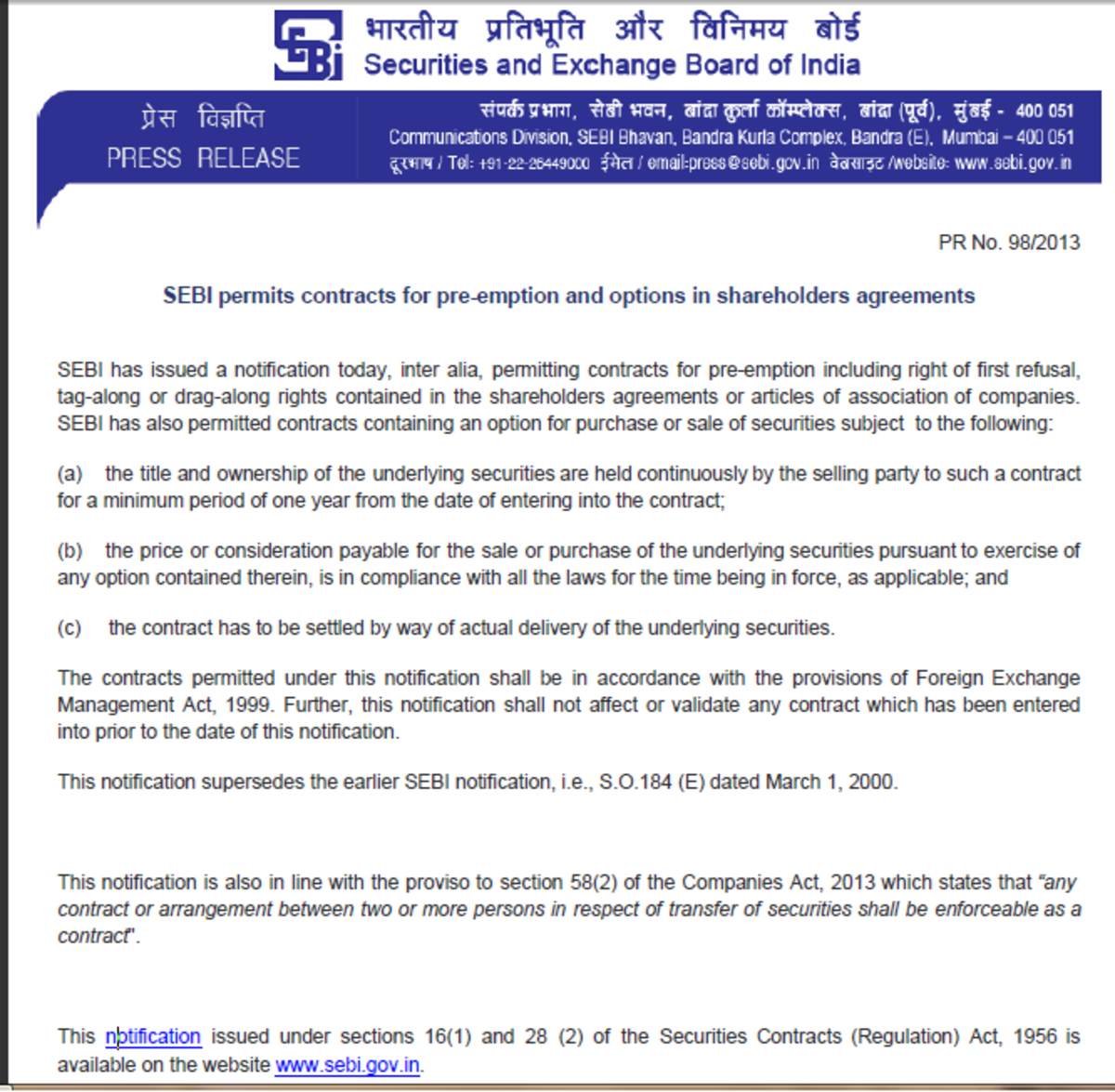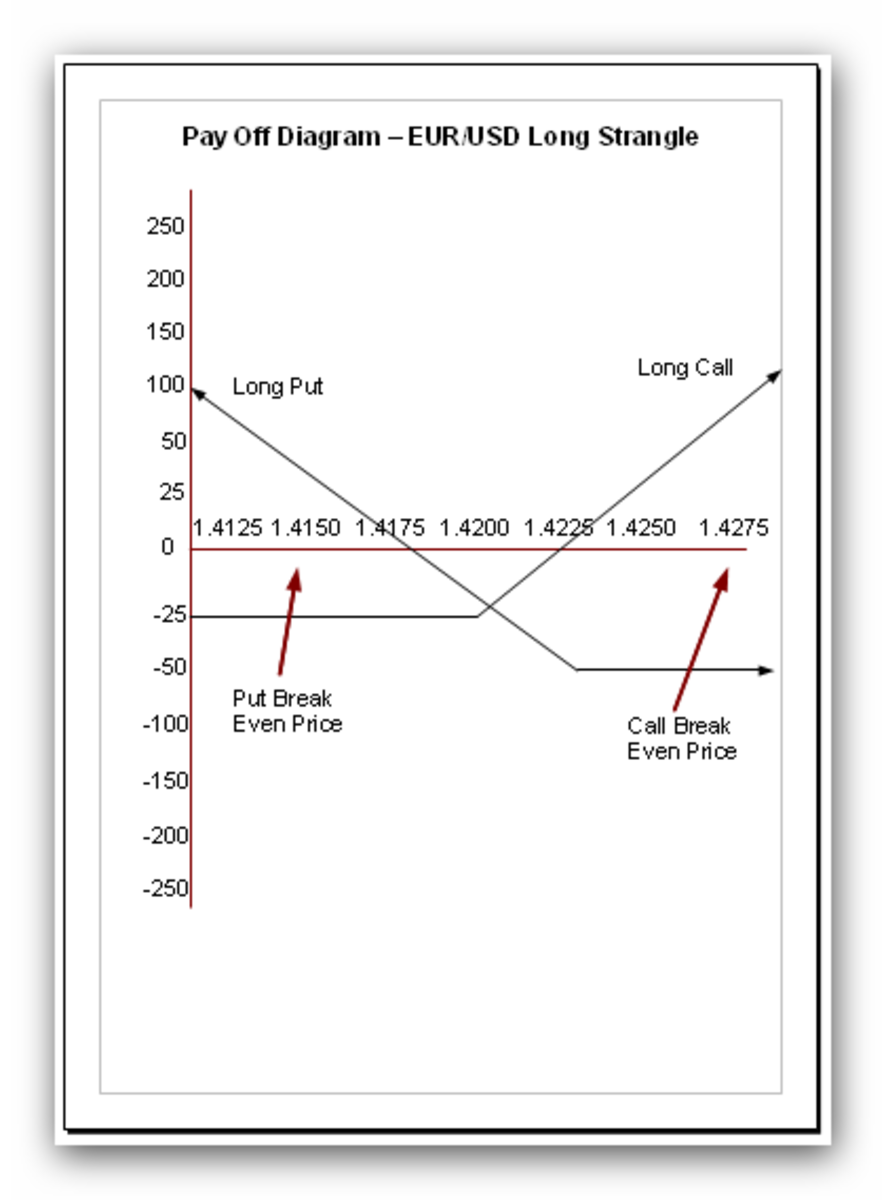Direct Stock Purchase Plans - How To Buy Stock in Companies


Many people are very limited in their exposure to the stock market and investing in general. For most of us, our only contact with investing and the stock market is our 401k, and even that is very indirect (e.g. our employer takes the money out of our paycheck and then deposits it in the investment account and purchases shares on our behalf.)
There are many ways to begin investing that don’t involve your employer doing all the work and it’s really not all that much work! Below I will detail how you can set up an automatic direct investment plan for as little as $10 per deposit, and some companies you invest in covers all fees!
First though, I want to explain what direct investment is. Normally, when people buy shares in a publicly traded company, they call their broker or log into their brokerage account. Most of the time, these shares that are bought are bought on the secondary market. This means the shares are being bought from another person and not from the company directly.
With direct investment, you’re normally buying shares directly from the company. Although, it doesn’t really matter if you’re buying from the secondary market or from the company directly as far as how the shares are valued, there are distinct advantages to direct purchase plans over a broker.
The first advantage of direct purchase plans is lower fees. When you trade with a broker, your broker has to make his yacht payments every month, and the only way he or she can do that is to charge a premium for placing a trade for you. Normally, the trade is capped at a certain amount; say $45 per trade (e.g. buy or sell). That means to buy and sell out of one position; you’re paying the broker $90 roundtrip. Online discount brokers will normally do the same but for a lot less, anywhere from $7-$10 per trade, but that’s still $14-$20 roundtrip.
With many direct purchase plans, the company will sell you the shares at the open market cost without any trade fees or at a much lower trade fee ($3 or 4$ normally). So already, you’ve saved quite a bit of money over the broker and online broker. When it comes to investing, the lower your costs on trading, the more shares you’ll have to grow and invest over time. Saving $45 every time you buy shares turns into a lot more money in your account!
The second advantage of direct purchase plans is something called D.R.I.P., which stands for ‘Dividend ReInvestment Plan’. What this means is, if the company you buy shares in offers a dividend, rather than getting a check from the company, they’ll reinvest those dividends into more shares in that company. This in itself is an amazing feature. Most online brokers offer this as well, but some major online brokers don’t (most notably Scottrade does not have DRIP except for mutual funds). Reinvesting dividends helps to boost your shares and helps level out the highs and lows over time.
A third advantage of direct purchase plans are the low capital requirements. Some direct purchase plans let you get going for as little as $10 (Such as Xerox Corporation). Even Johnson and Johnson lets you start with $25 (JNJ). Now this is great because most people don’t begin investing because they feel they need a few thousand dollars to get started. They put off ever opening or investing because they always think they don’t have enough or can’t bear to see that much money tied up, etc. A few thousand dollars would be great to get a portfolio going, however you’ve got to start somewhere, and $10 is pretty reasonable. Additionally, most people are more comfortable starting with smaller amount of money and as they grow the position they become more comfortable over time.
A fourth advantage of direct purchase plans are automated deposits and share purchases. Once you’ve mailed in your initial payment to purchase shares and set up your account, you can now set up an automatic withdrawal from your checking account for $10 or more dollars per withdrawal (depending on the plan). The advantage to having this done is called ‘dollar cost averaging’. If you set up regular frequent purchases of a single position, you’ll be purchasing shares of that company regardless of it’s share price and will be taking advantage of the ups and downs that company has. Compound that with DRIP’ing and you’ll be getting the best average price of the company over the long run.
Dollar cost averaging is the exact opposite of trying to ‘time’ the market. Which is notoriously hard to do. Yes, timing the market can be done, but as you invest greater and greater amounts of money, it becomes harder and harder to keep the timing up. Dollar cost averaging reduces this risk. Rather, you view investing as a set dollar amount every interval, and sets you up for longer term thinking and planning.
Dollar cost averaging is exactly the same way 401k’s work. You are paid on regular intervals and your employer takes out a set amount each pay period and buys shares. Eliminating a lot of the wild swings the market makes, since you’ll be buying X dollars of Y company every week, two weeks, month or quarter. You don’t focus on buying shares at any particular price, but rather focus making even contributions and letting time do your bidding for getting the best price.
The fifth advantage to direct purchase plans is fractional share ownership. Many brokerage companies will not let you buy, say $25 of stock if the shares don’t work out to a whole number. So, for example, you want to buy Coca-Cola (KO) shares (which traded at $68.19 as of 10/21/11). If you want to buy one share you’ll need to have $68.19 + trade fees in your account. Otherwise you have to wait to accumulate enough funds to buy the share. With direct purchase plans, you’d be able to purchase say $50 of Coca-Cola at a time (or 0.733245 shares as of 10/21/11, they round to the sixth decimal normally).
One disadvantage to direct purchase plans is the obviously lack of diversification and the limits of having to set up 50-100 different plans to approach even a moderate amount of diversification. That being said, you’re not going to acquire such a huge position of any one stock buying $10 a week that it’s not really a big deal. Direct purchase plans are a great way to get people comfortable with buying stocks and hopefully helps to groom them to buy for the long run.
If you’re already participating in direct purchase programs and want to move up a step, I suggest you check out Sharebuilder.com. The way Sharebuilder’s setup is sort of a hybrid between a direct purchase program and a regular brokerage account. They have the full fledged ability to buy and sell stock on the open market, but also allow purchases of $200 of XYZ for automatic investment trades. Sharebuilder also charges a lower fee for automatic investment trades, which currently is $4, rather than $9.95 for open market trades. Sharebuilder allows DRIP’s and fractional share ownership.
As a precaution I suggest you research companies prior to purchasing them. You don’t need to have a PhD in finance from MIT to trade smart. You’ll need to review the company and see what value they offer. Look to see how they stack up against competitors, what their performance has been in the past, etc. The stocks I show as examples above, are not my endorsements for you to buy them. You’ll have to make the call of what you think are good companies for you to invest in. However, I do own shares in XRX, JNJ, and KO at the time of this article and plan to continue to add to my positions.
So, now you know you only need $10 to open a direct purchase plan, get started investing!








